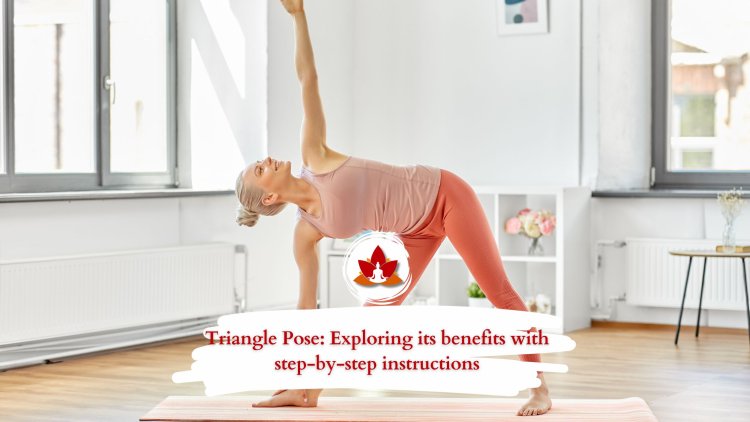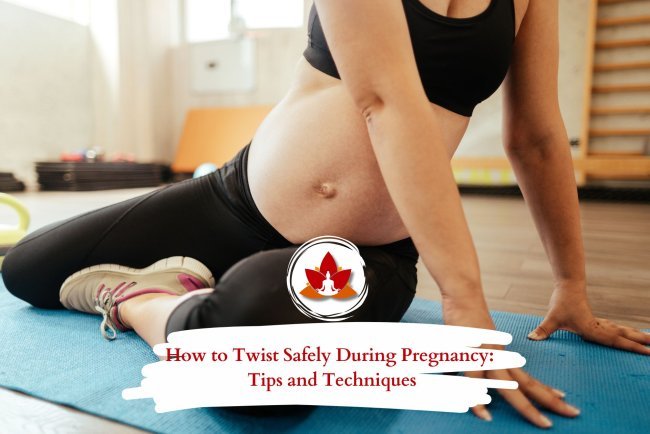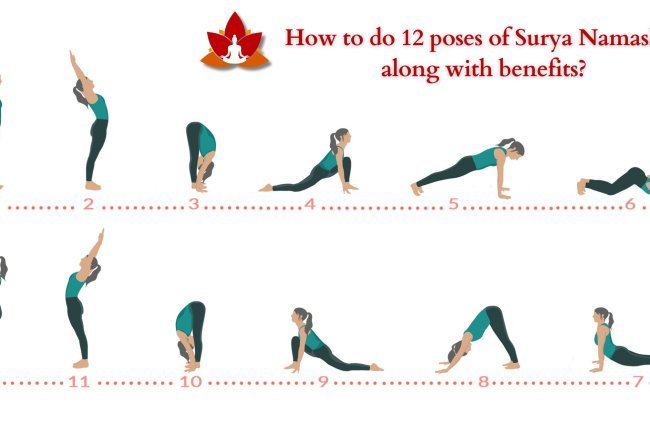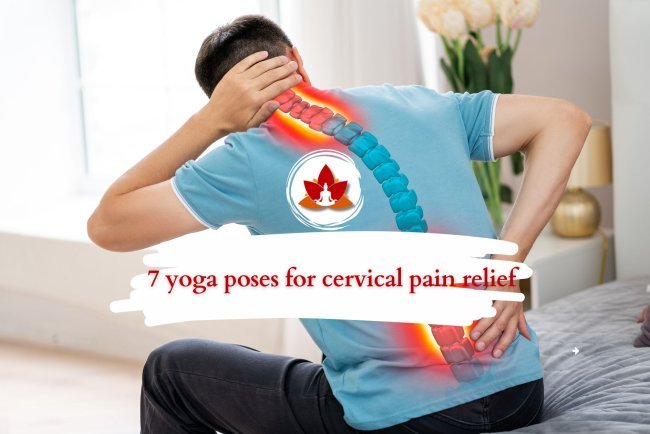Triangle Pose: Exploring its benefits with step-by-step instructions

Trikonasana, also known as Triangle Pose is an open pelvic yoga pose which holds a powerful combination of strength, flexibility, and balance.
Meaning of Trikonasana
Trikonasana pose itself breaks down to Tri, kona, and asana, meaning tri, angle, and pose, respectively. As the name would suggest, a side view of this pose resembles a triangle, with your legs forming the base and your torso and arms creating the other two sides.
It’s a standing yoga pose that involves extending one leg to the side while keeping the other foot firmly grounded and making a strong and stable position . The arms are stretched out to the side, forming a triangle shape with the legs and torso. Trikonasana helps stretch the sides of the body, strengthens the legs and core and improves balance .
Utthita Trikonasana
In Sanskrit, Utthita means extended, and Utthita Trikonasana is the extended triangle pose, the most common variation of triangle pose which is practiced in ashtanga vinyasa and called Utthita trikonasana.
Benefits of Triangle Pose
Here is a glimpse at some of the transformative powers that triangle pose variations hold:
-
Strength and Flexibility: Trikonasana works on almost all major groups of muscles in the body, like the legs, ankles, knees, arms, shoulders, and core. The deep side stretch will help extend the hamstrings, groins, hips, and spine, making the whole body more flexible.
-
Balance and Stability: There is a fine line of balance between settling and extending to sustain proper alignment in Trikonasana. The practice, thereby, is a core strengthener that encourages better balance.
-
Stress Relief and Mental well-being : Retention in Trikonasana calls for careful, concentrated breathing that usually helps keep the mind calm and free from stress. In addition to this deep stretch, it relaxes tension in the shoulders and back areas of the body, through which much of the stress passes.
-
Improved Digestion: Trikonasana stimulates the digestive organs .This facilitates smoother digestion and helps relieve discomfort.
-
Blood Flow: Deep stretches and twisting motions in some variations of Trikonasana help to improve blood flow throughout the body. As this process goes on, one is energized while reducing fatigue and bringing in more rejuvenation of the body, mind and soul.
While Utthita Trikonasana provides a strong foundation, variations of Trikonasana open a doorway for growth and exploration. Here are some popular variations to consider:
-
Parivrtta Trikonasana or Revolved Triangle Pose: This is an intermediate pose, adding a twist to add more complexity to the side bend. The spine and core are engaged while the hips and shoulders are stretched further.
-
Parivrtta Utthita Trikonasana—Revolved Extended Triangle Pose: A balancing pose that is a bit more demanding than Utthita Trikonasana and Parivrtta Trikonasana, as one needs more twisting force in the core and more excellent opening in the hips and shoulders.
How To Do Triangle Pose
-
Stand upright on your feet, spaced about 3 to 4 feet apart.
-
Completely turn your right foot to the side 90 degrees and point slightly inward by 15 degrees. Align the center of your right heel with the arch of your left foot.
-
Take a deep breath, inhale, and bend your body to the right from the hips, but with a straight waist upward. Extend your left arm toward the ceiling, reaching up as high as possible.
-
Bring your right hand down towards the floor, placing it anywhere that feels comfortable on the shin, ankle, or the floor outside the right foot. Keep both arms straight.
-
Keep your body bent to one side—not forwards or backward. Imagine your chest and pelvis open and forward.
-
Hold the pose for several breaths, making a conscious effort to lengthen your spine, maintaining steadiness in your gaze—on each exhalation, relax the body further.
-
Inhale, rising, lowering your arms to the sides, and straightening your feet. Repeat on the other side.
Tips For Practicing Triangle Pose
-
Make sure you have done a good warm up of your whole body before you do the asana.
-
While bending forward in a triangle pose, do it slowly and gently so that you do not lose your body balance.
-
Micro bend your leg at the knee if you are hyper extension on your knee.
-
Place your hand on a block on the inside or outside of your front foot depending on what feels good for your body, to keep both sides of your waist as long as possible.
Alignment in Trikonasana
Tight hamstrings and adductors may limit your pelvic movement in Trikonasana . As a result, your front of the pelvis may tilt downward, your hip may move backwards and you may lose the alignment of this pose. even if the chest is correctly turned upward.
(Note: In this particular Trikonasana example, the right leg is the front leg, and the left leg is the back leg.)
-
Check the placement of your bottom hand; if it’s too low, your front hip may move backward, causing the front pelvis to tilt downwards. Feel free to catch your ankle, shin bone or use a yoga block.
-
Position your hand to align the back of the top shoulder with the outside of your front outer thigh, lifting it up.
-
Prioritize lengthening the right side of your spine over the left side.
-
Rather than moving your arms back , rotate the torso from the chest and aim to deepen the rotation closer to the pelvis.
-
Focus on turning your right chest and waist upwards, and turn your pelvis upwards.
-
Press down the left outer heel on the ground, Engage the back leg to enhance the stability turn the left outer thigh back.
-
Coordinate the upward turn of your chest, waist, and front pelvis while grounding the back of your pelvis downward.
Precautions to be taken for Triangle Pose
This asana should not be practiced by those with any recent chronic injury in the hips, legs, or shoulders. One must also refrain from this asana in case of vertigo and balance problems. If you have undergone any abdominal surgery or back injury, access this asana by avoiding it as much as possible. In people with too high or low BP, this yoga pose is best avoided.
Difference between Utthita Trikonasana and Parivrtta Trikonasana variations
There are two trikonasana or triangle pose variations :
1 - Utthita trikonasana, (extended triangle pose)
2 - Parivrtta Trikonasana or Revolved Triangle Pose
Utthita trikonasana is a standing yoga pose, which will be an open-pelvis pose, helping you to enhance the strength in your legs and open up the pelvic and chest area.
Parivrtta Trikonasana is a powerfully standing intermediate-level yoga pose; closely released are the pelvic, twist, and side bends.
FAQs
Q.What are the effects of Trikonasana?
A. You can feel the most prominent effects of Trikonasana in the area around the knee joints, which start to get toned and firm. Also, quite often, osteoporosis patients get the sense as muscles are strengthened around their knee joints, which relieves knee pain over time.
Q.What is Utthita Trikonasana?
A.Utthita Trikonasana is a Sanskrit name for the Extended triangle pose. Utthita means "Extended," Trikona means "Triangle," and Asana means "Pose."Sometimes, because of the length, people don't prefer to use the full Sanskrit name of the Triangle pose. There is no such posture difference between Utthita Trikonasana and Trikonasana; it's not a variation.
Q.Are beginners allowed to perform Trikonasana?
A.Yes, it is safe to try any beginner-level yoga pose. You could modify the yoga posture. This may involve micro bending of the knee. In addition , holding your shin bone, or using a yoga block may also be applied.
Q.What is Trikonasana, and what are its benefits?
A.This asana is said to relieve tension from the shoulders, back, and hips. It promotes blood circulation, which reduces fatigue and increases energy. Besides that, Trikonasana enlivens the abdominal muscles. These abdominal muscles are helpful in digestion and relieve discomfort due to stress.
Join A Professional Yoga Course Today
A professional yoga teacher training course can help you master this asana. Thus, you will get a better understanding of the concepts underlying it. So join the best yoga school in rishikesh today and become an asana expert.
What's Your Reaction?


























